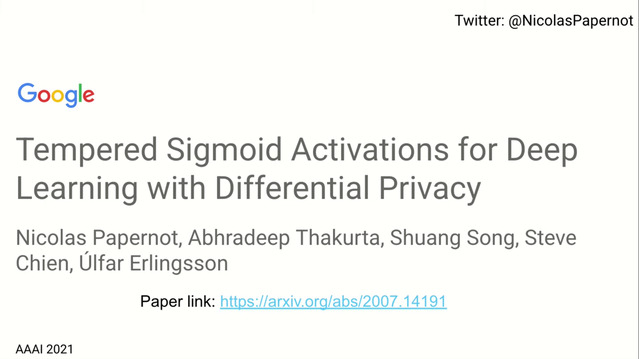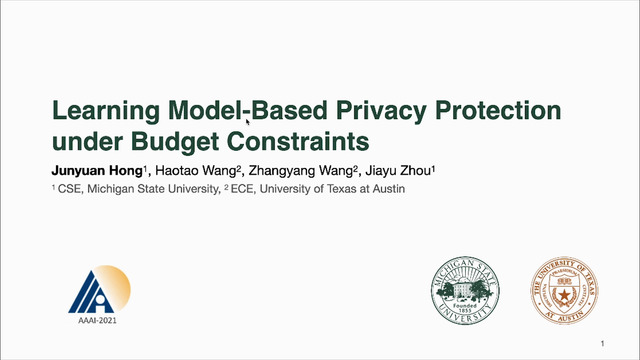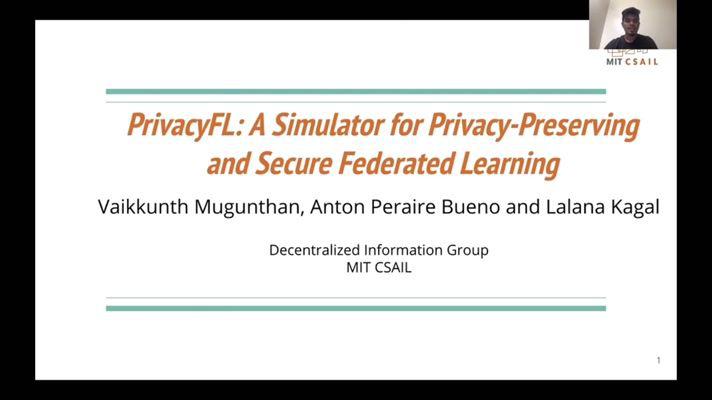Abstract:
Deep learning models are increasingly popular in many machine learning applications where the training data may contain sensitive information. To provide formal and rigorous privacy guarantee, many learning systems now incorporate differential privacy by training their models with (differentially) private SGD. A key step in each private SGD update is gradient clipping that shrinks the gradient of an individual example whenever its l2 norm exceeds a certain threshold. We first demonstrate how gradient clipping can prevent SGD from converging to a stationary point. We then provide a theoretical analysis on private SGD with gradient clipping. Our analysis fully characterizes the clipping bias on the gradient norm, which can be upper bounded by the Wasserstein distance between the gradient distribution and a geometrically symmetric distribution. Our empirical evaluation further suggests that the gradient distributions along the trajectory of private SGD indeed exhibit such symmetric structure. Together, our results provide an explanation why private SGD with gradient clipping remains effective in practice despite its potential clipping bias. Finally, we develop a new perturbation-based technique that can provably correct the clipping bias even for instances with highly asymmetric gradient distributions.









































